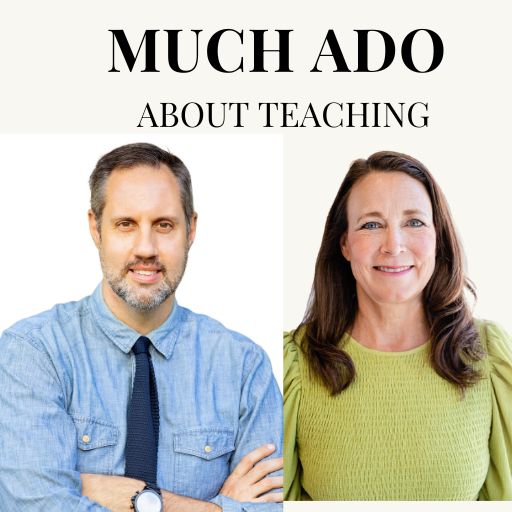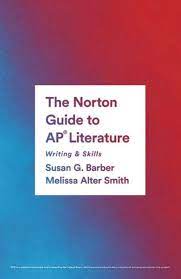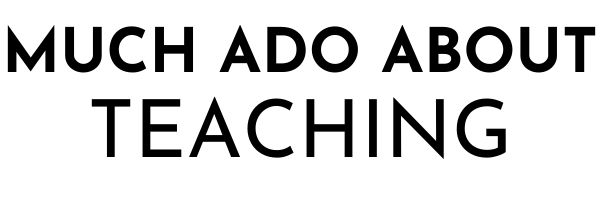A couple of weeks ago I outed myself as having an UnInstagrammable classroom by posting these pictures in the FB group and received c the response. Like minded souls followed up with pictures and comments of solidarity from their classrooms with stacks and piles of who even knows what all. Shout out to the few people who said they preferred order, and honestly, the root of this issue is even about neat vs. messy but rather the need we feel to constantly present our best selves.



I get this and even speak to my seniors about this as they are writing college essays telling them to be themselves but their “first date” selves when writing as opposed to the “I’m in my sweats watching Netflix all weekend” selves. But we all relate to the sweats and Netflix parts of others even though that’s not what we see on social media.
I went back through my Instagram posts and realized how much I clean up my reality before posting. Showing the best parts of my classroom is fun and deserve to be shown! We as teachers and our students are all at our best at times.





But for every picture that’s shown here, there are multiple snapshots in time that not only are not shown but are not even recorded. No snapshots of irate parent emails, collective sighing when essays are assigned, or the time I moved my chair not realizing the computer cord was wrapped around it which pulled then whole extension cord and knocked my coffee pot off the table breaking it. Interestingly, none of my students were alarmed; just another day in the mess of my life and classroom.
So how can we lean into our uninstagrammable classrooms without losing heart?
Embrace the Messiness – Let’s face it: none of us want to have stacks of papers ̶a̶n̶d̶ ̶b̶o̶o̶k̶s̶ around our classroom, but the pace of the classroom often dictates otherwise. I’m 75% “paperless” but there’s still just so much paper – late passes, essays, notes, flyers, and late work. Do I have a place for all of these? In theory, yes, but the classroom is more practicality than theory so things end up in stacks. A student hands me a paper when I’m walking around the room, and by the time I get back to my desk, I only have 30 seconds until the end of class and don’t have time to file it because I have to be in the hall between classes. This is my all day, every day. The mess and chaos are unapologetically a part of my classroom.
Accept the Reality of the Routine – We do some creative activities in my classes – about 25% of the time. Most of the time we are reading, discussing, annotating, or writing. All of this is good and necessary work but not as Instagrammable as the Frankenstein Valentine’s cards we just made or the poetry chalk graffiti we will cover the school with in April. But the later is what we see of others and think of others which can adversely shape the opinions we have about ourselves. Am I doing enough? Am I doing too much? Is my classroom fun? Why can’t I be as (fill in the blank) as the person who is always posting amazing activities? Comparison can be a deadly trap especially when we’re comparing our classroom reality to the social media persona of another teacher.
Show Your Vulnerability – One of the most powerful phrases you may speak in your classroom is “I don’t know.” When I was younger, I thought I had to know every answer not only to the questions I posed but to any questions that might even arise in a discussion. As you’ve guessed, there’s just no way to know everything – even on a text that I’ve read 1,000 times. What I’ve learned is that saying “I don’t know” isn’t a sign of weakness but rather a sign of strength. And this goes beyond classroom discussions (even though students benefit from seeing our vulnerability). Admitting our weaknesses positions us to not only be honest with ourselves but puts us in the right frame of mind to learn from others.

Take Small Steps to Be Better – I will never have the perfectly clean and decorated classroom, BUT one thing I do is clean my desk each Friday before I leave. This small task not only gives me a sense of accomplishment at the end of the week but makes me feel like I’m starting the week with a clean slate. Sometimes I take breaks from grading and focus on one shelf of a bookcase. One shelf – that’s doable. Or I can put my students to work when they have a few minutes to spare if they want to help (and many do). What is one way I can reclaim part of the messiness if only for a short period of time?
Acknowledge What You See and What You Don’t See – The first picture in this series is the one that made my IG post. Ms. Barber’s students are outside on this beautiful fall day reading poetry. But what you don’t see are the ones that don’t make the cut, and they all include kids not reading and instead being entertained by our therapy dog (which is GREAT – nothing against Ike). When I was going back through my camera roll to look for an image that was cropped to take something out or a series of retakes for just the right one like these, I had a hard time even finding nonIG pictures because I’ve deleted them. But they are there.




Social Media Audits – I enjoy social media and have made several friends – true friends – by first connecting on different platforms. Brian and I met on Twitter a decade ago and have been friends since. I’ve made many professional connections via IG, Twitter, and Facebook and gotten so many good ideas for the classroom. I’ve also been challenged in my thinking through posts. Social media has been a huge positive in my life. But I only take it in small doses. I jump into the AP Lit FB page 2 – 3 times a week for a few minutes because if I stay on it much longer or more often, I often get anxious and start to question myself. Notifications for platforms are turned off to keep me from constantly scrolling. I take full day breaks at least once a week. We’re all different in our consumption of social media and the effect it has on us but consciously setting boundaries has been helpful for me.
So here’s to not only embracing but celebrating the messiness of our classrooms and our professional lives. Here’s to being vulnerable enough to show our real classrooms – both the physical space and what we’re doing daily. Finally, here’s to sharing our lives with and learning from each other via social media without losing ourselves in the process.

Susan Barber teaches AP Lit and Writers Workshop/Advanced Composition at Midtown High School in Atlanta, Georgia and serves as the College Board Advisor for AP Lit. In addition to reading, writing, and investing in the next generation, she loves watching college football with her family especially when Alabama is playing.













3 comments
Deborah Gascon
We do our profession such a disservice when we only show the “instagrammable”—people in the community think it looks so easy when the classroom is the perfect space and the students are all wide-eyed and alert. And if that is your classroom and students, kudos to you, BUT that environment in your classroom didn’t just happen —you cultivated it and worked REALLY hard to get there. They definitely didn’t show up that way. We need to show the mess, the chaos, the fails— in addition to the successes. We need to admit when we lose our minds because we’ve asked ONE HUNDRED TIMES to PLEASE stop talking. Or what the MLA header is. Or to bring your novel to class. Or how the lesson was a total fail and the students were asking 1,000 questions because my directions were terrible (that was me last Tuesday 🤦🏻♀️). Or fill in your own blank. People outside our profession have no idea what we do all day and we really need to share the good, the bad, and the ugly. Not to complain—because I really find that counterintuitive and a terrible reflection of our profession—but to show the honest truth of how hard we work to get that *perfect* feet up Friday picture. It’s a process.
Susan Barber
You’re spot on!!!
Olivia
My name is Olivia, and I have the unInstagrammable classroom. . . . . (I think there should be a 12-step program for those of us who think we should always have the picture-perfect, social media ready classroom.) My classroom is not perfect. I had to clean it and declutter it before I left school on Friday to be ready for the five-year accreditation observation visit this week. I may never find anything after putting things “away.”
I loved this article.